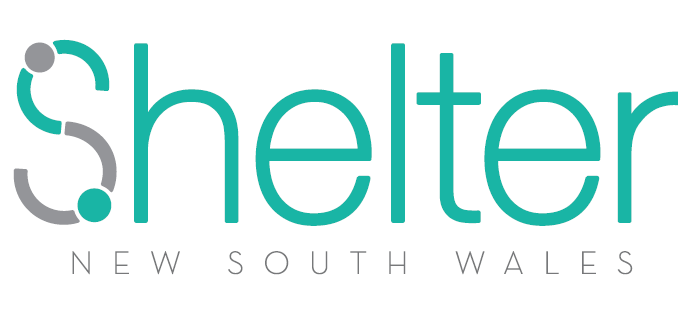Really bad. Things were bad before the pandemic, fire and floods but it has got a whole lot worse. And practices like ‘rent bidding’ and the ever present threat of No Grounds Evictions don’t help.

The national rental vacancy rate has declined to its lowest point on record, at 0.8%. This is due to rental listings having plunged to a new historic low, declining 48.2% annually. This finding and many others have been documented in the recently released Rental Affordability Index produced by SGS Economics and National Shelter.
Other key findings include:
- Low-income earners face affordability concerns across NSW with increasing numbers in housing stress. What’s housing stress? If you’re in the lowest 40% of income brackets whether working or on income support and you’re paying more than 30% of that income for your housing – mortgage or rent – then you’re said to be in ‘housing stress’. If you’re living in housing stress you’re likely compromising on other things – like paying your power bill, putting food on the table, or buying Christmas presents for your kids.
- Low-income renter households are particularly at risk. In 2019-20, 42% of all low-income renter households across Australia were in rental stress (up from 35% in 2008); and 47% in NSW.
- Regional NSW was severely affected by the 2022 eastern Australian floods. Towns in the Northern Rivers region are facing significant vacancy issues.
- The average rental household in regional NSW is paying 28% of its total income if renting at the median rate. This represents a significant worsening in affordability over the past year – consistent across all regional NSW postcodes. The greatest challenges over the past two years are evident in the coastal areas of regional NSW such as Tweed Heads and Port Macquarie and inland areas such as Orange and Mudgee.
Want to see how your local area or towns you care about fare in terms of rental affordability? Check out the interactive report and drop some postcodes and household types into the Rental Affordability Index.
For a sample of the wide media attention this research attracted:
- ABC News, November 30: Renting across Australia became less affordable in 2022
- Article by Shane Wright, SMH November 29: ‘Forced to move away from family and friends’: rental affordability slides
- Listen to our CEO, John Engeler, talking to 2GB Radio about the practice of ‘rent bidding’ here: ‘It’s grubby’ – major investigation launched into rent bidding
About the RAI
National Shelter, SGS Economics & Planning, the Brotherhood of St. Laurence and Beyond Bank Australia have released the Rental Affordability Index (RAI) biannually since 2015. Since 2019, the RAI has been released annually. The RAI is a price index for housing rental markets. It is a clear and concise indicator of rental affordability relative to household incomes.
